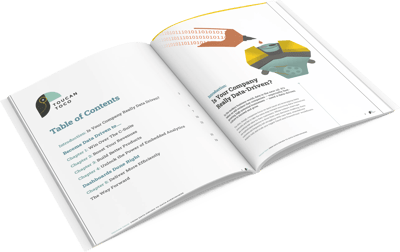Real-time dashboard- What is it ?
A real-time dashboard is a dashboard that is automatically updated with the most recent data. It is used to track, analyze, and report on real-time data through data visualizations.
This type of dashboard has the advantage of being automatically updated. It is therefore not necessary to update it manually.
The "data visualizations" used in the dashboard combine real-time and historical data to effectively monitor emerging trends and performance.
Most often, this type of dashboard contains time-sensitive data. This can be sales figures, operational data, or inventory statistics, for example.
The 2 main functions of a "real-time dashboard" are to alert and to allow to react. The most important data are accessible in real time, which allows to act efficiently and promptly.
A properly created real-time dashboard can be used to check whether the company is operating efficiently. For example, it allows you to compare the current order flow with that of last month or the previous year. It allows a problem to be detected quickly, and then queries can be made to examine it in more detail.
Several criteria must be taken into account when creating a real-time dashboard. In particular, you need to think about the dashboard audience, in order to adapt the content presented to the target audience.
In addition, it is important to present the content in the form of a clear and understandable "story". This will ensure that the audience understands what they see on the dashboard.
Finally, keep in mind that the purpose of a real-time dashboard is not only to present facts but to inform and enable action based on the information. It should allow for informed decision making.
In particular, real-time dashboards are used in the enterprise by sales and marketing teams to track performance over days or even hours. They also enable just-in-time inventory management. In this way, companies can rely on real-time inventory and sales data to store as little merchandise as possible.
E-commerce companies can use it to check whether their sales figures are in line with forecasts. Similarly, a component supplier can check whether trains and ships carrying its goods are on time and whether the finished products are being sold on the market. However, these tools are not essential for tracking KPIs over the long term.



